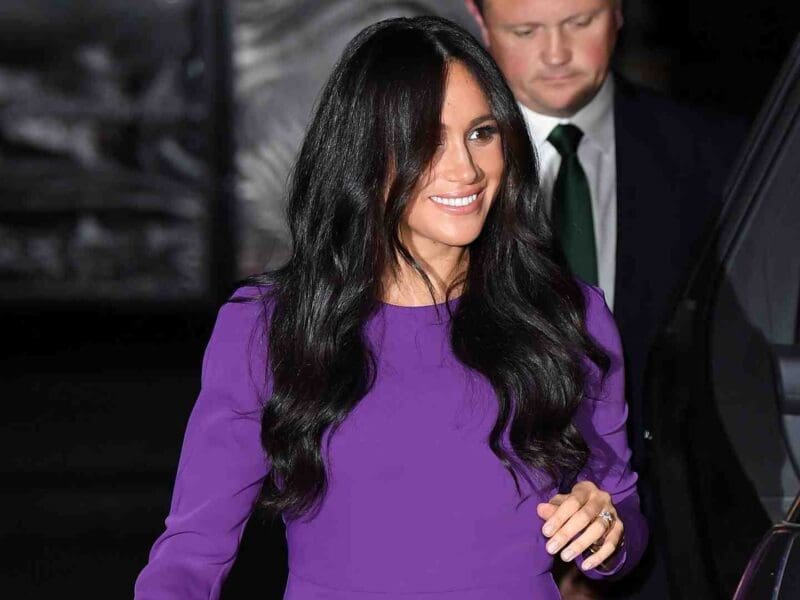
Here’s why Disney-Pixar’s ‘Wish’ is their worst movie yet
Disney has a history rich with blockbuster hits and timeless classics, there’s a collection of movies that often get lost in the shadow of their more famous siblings. Let’s unearth these hidden gems and give them the spotlight they deserve.
The early 2000s marked a transitional period for Disney, a time when the studio seemed to struggle with capturing the enchanting charm and fresh narratives that had become its signature.
This era, sandwiched between the golden years of Disney’s Renaissance and the rise of Pixar’s dominance, often gets overlooked. But amidst this so-called slump, there were a few standouts like Atlantis: The Lost Empire, Lilo & Stitch, and Treasure Planet that shone brightly.

A Journey Through Disney’s Eras
Disney‘s storied history, spanning an impressive ninety years of animation, can be divided into distinct eras, each marked by its unique style and thematic focus. From the Golden Age to the Revival Era, these periods reflect both internal changes at the studio and broader trends in the film industry.
Walt Disney’s direct influence was felt up until the Silver Age, with his final movie being The Jungle Book in 1967. His death heralded the Bronze Age, often dubbed the Dark Age by fans, characterized by more secular storylines and a new technique in animation.
It was a time of experimentation and transition, leading up to the explosion of creativity known as the Disney Renaissance in 1989. This period, featuring hits like The Lion King and Beauty and the Beast, is often celebrated as the pinnacle of Disney animation.

The Pixar Influence and CGI Transition
But the landscape of animation was changing. Pixar, in partnership with Disney, ushered in a new era of CGI animation with Toy Story in 1995. This technological shift began to overshadow Disney’s traditional hand-drawn animation. Pixar’s knack for engaging narratives and lovable characters captured the hearts of audiences worldwide, pushing Disney to reconsider its approach.
Disney’s shift to CGI wasn’t immediate. Initially, the studio continued to focus on its tried-and-true methods: fairytales, book adaptations, and animal-centered stories. But as CGI began to prove lucrative for Pixar, Disney took note. This led to a brief separation between the two studios, with Pixar momentarily forging its own path with films like Ratatouille.
Michael Eisner’s decision to switch Disney animation to CGI gave us movies like Chicken Little and Meet the Robinsons, which, despite their technological advancements, were met with mixed reviews. This era was also marked by internal strife, including disputes with Pixar and internal management conflicts, culminating in Eisner’s resignation in 2005.

The Revival Era and Looking Back
With the acquisition of Pixar in 2006 and the dawn of the Revival Era, Disney began to blend its traditional storytelling with new CGI techniques. This era brought us blockbusters like Frozen and Zootopia, proving that Disney could still capture the magic of its earlier years while embracing new technologies.
In the midst of this evolution, it’s important to remember the films of the early 2000s that didn’t quite capture the public’s imagination upon their release. Films like Lilo & Stitch and Treasure Planet may not have been box office sensations, but they were rich in storytelling and innovative animation.
Lilo & Stitch, for instance, spawned sequels and a TV series, proving its enduring appeal. Treasure Planet‘s failure was more a matter of poor timing than quality, overshadowed by blockbuster franchises like Harry Potter and The Lord of the Rings.
These lesser-known films from Disney’s vast catalogue are more than just footnotes in the studio’s history. They embody the same emotional depth, endearing characters, and captivating soundtracks as their more famous counterparts. While they may not have achieved instant classic status, they deserve a second look for their unique contributions to Disney’s legacy.







